Writing Teaching Resources
Teaching writing strategies and the writing process this school year? Explore a comprehensive collection of teacher resources for elementary and middle school ELA teachers — all created by teachers!
Stocked with graphic organizers, writing prompts, templates, worksheets and so much more, this collection of printable and digital activities is designed to help you as you help your students become more effective communicators and unleash their creativity and imagination.
Save time on lesson planning with resources that have been through a careful review process by an expert member of our teacher team to ensure they're ready for your classroom and your students!
Are you looking for tips and tricks to add to your teacher toolkit this school year? Read on for a primer from our teacher team, including engaging activities for teaching writing in elementary and middle school and a look at some of the different writing strategies your students will need to learn.
11 Writing Strategies Kids Should Know by the End of Middle School
We can't talk about teaching kids to write without talking about the different writing strategies that can help them do just that!
When it comes to teaching our students to become confident writers who articulate their ideas effectively, here are some of the strategies our teacher team prioritizes:
1. Brainstorming
Brainstorming is something we often do in the classroom, and it's a crucial part of learning to generate the ideas that will drive students' writing as they progress through their educational journey. Kids should know how to create a list of potential topics or points related to a particular writing assignment.
With younger students, this is often done as a whole group by writing ideas and points on chart paper. In upper grades, students transition over to using text-based materials to generate ideas and talking points.
2. Outlining
Before diving directly into any assignment, our students should be able to create a structured framework or outline. Teaching students how to create this outline will help them organize their thoughts and arguments for penning their essays, reports and research papers.

3. Using Graphic Organizers
Technically graphic organizers are classroom tools, so you may not think of their use as a writing strategy per se. However, learning to use these tools is another means of providing kids with the tools they need to organize their ideas and information before they sit down to write.
These organizers are particularly useful for expository writing — students can use them to outline main ideas, supporting details, and transitions.
Students can also take advantage of story maps when they are working on narrative writing to plot the key elements of a story, such as characters, setting, conflict, rising action, climax and resolution.
Graphic organizers such as the OREO strategy and hamburger paragraph are also great tools for students to use when working with opinion and persuasive texts.
4. Freewriting
Writer's block is the enemy of creativity, and it can easily frustrate young students who don't know where to begin.
When students freewrite, they write continuously without worrying about grammar or punctuation. This writing strategy can be extremely freeing — hence the name! — and helps frustrated writers move past that writer's block, generating fresh ideas.

5. Peer Editing
Learning to review and provide constructive feedback on each other's work is a great writing strategy to employ in your classroom to help students improve their writing quality and enhance their editing skills.
The strategy allows your students to learn from one another, and it arms them with an important tool they can use well into the future — calling on peers to provide a critical eye to a piece of writing.
6. Using Sensory Language
Working on descriptive writing? With this writing strategy, students engage the reader's senses through vivid and sensory language to create a more immersive experience.
7. Including Transitions and Connectives
As students become more proficient in the writing process, learning to use transitional words and phrases allows them to create smooth transitions between sentences and paragraphs. This strategy makes their writing more coherent and polished.
8. Incorporating Evidence
In persuasive, opinion, and expository writing, students are taught to support their claims with evidence and examples to strengthen their arguments.
It takes some practice to train your students to use evidence in their writing, so it's often a good idea to start with something simple, like the R.A.C.E.S. strategy.
9. Crafting a Thesis Statement
In expository, opinion, and persuasive writing, crafting clear and concise thesis statements that summarize the main point or argument of their essay helps students be more focused and organized in their writing. This strategy can also have the effect of empowering students to express their ideas confidently and persuasively.
10. Incorporating Introductions and Conclusions
With this strategy, students practice crafting effective introductions and conclusions that grab the reader's attention and leave a lasting impression.
11. Following a Revision Checklist
Teaching your students to use a revision checklist is a strategy that will help them be more self-reflective, evaluating their own writing against the checklist criteria and becoming more aware of their strengths and weaknesses.

- Plus Plan
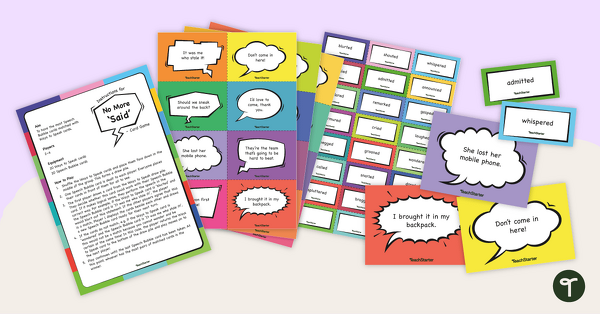
No More "Said" - Card Game
Promote vocabulary development and encourage your learners to "show not tell" with a card game.
- Plus Plan
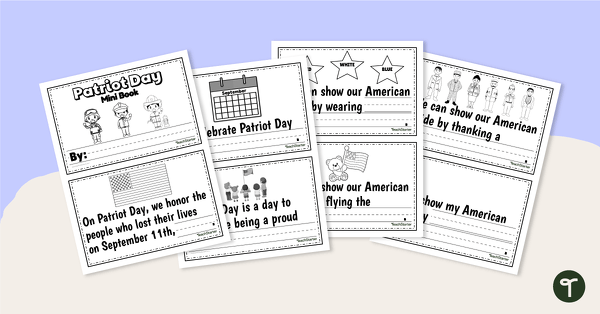
Patriot Day Mini Book
Read, write, and draw to learn about Patriot Day with a printable mini-book.
- Plus Plan
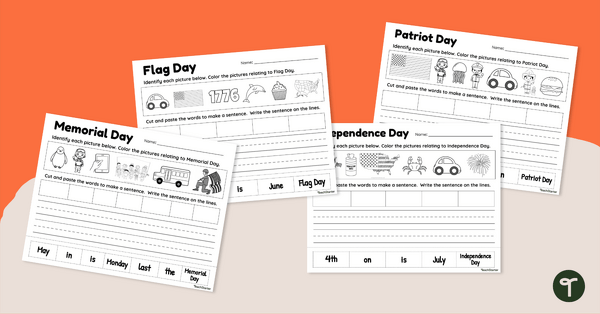
Patriotic Holiday Worksheets – Sentence Building
Build and write sentences about different patriotic holidays with this cut-and-paste worksheet
- Plus Plan
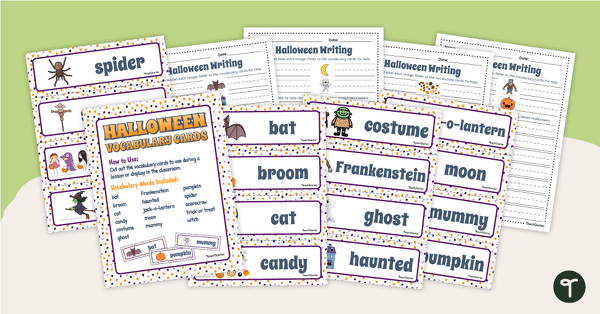
Halloween Words - Vocabulary and Writing Center
Stretch your students’ vocabulary and writing skills with a devilishly-delightful Halloween Vocabulary and Writing Center.
- Plus Plan
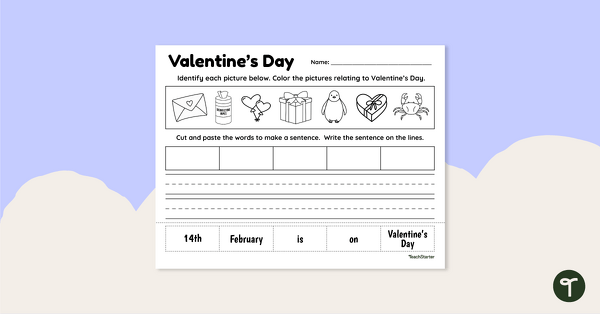
Valentine's Day Worksheet - Sentence Building
Build and write sentences about Valentine's Day with a cut-and-paste Valentine's Day worksheet for kindergarten and first grade.
- Plus Plan
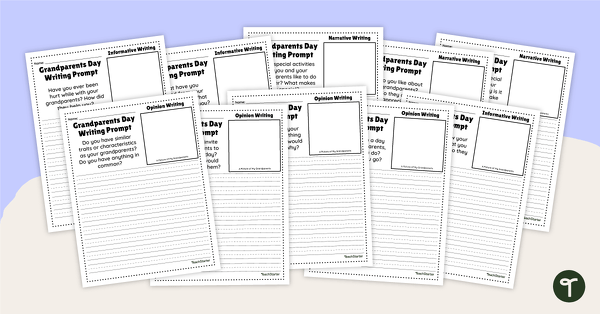
Grandparents Day Writing Prompts
Write narrative, informative, and opinion text for Grandparents Day gifts with writing prompts for second grade.
- Plus Plan
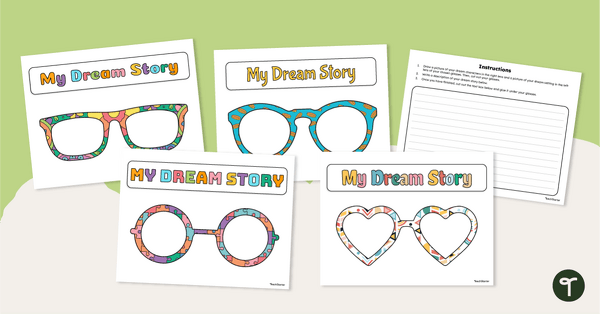
My Dream Story - Writing Prompt Template
Dream up some great stories using this creative story-writing prompt.
- Plus Plan

Commas in Dates and Series - Google Slides Interactive Activity
Practice correct comma placement in dates and series with a Google Interactive Activity.
- Plus Plan
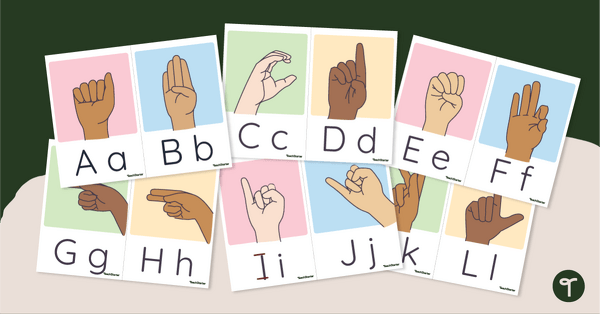
ASL Alphabet Line — Printable Cursive and Print Classroom Decor
Print a set of 26 ASL alphabet posters for the classroom with cursive and print letters to help your students with letter formation and handwriting.
- Plus Plan
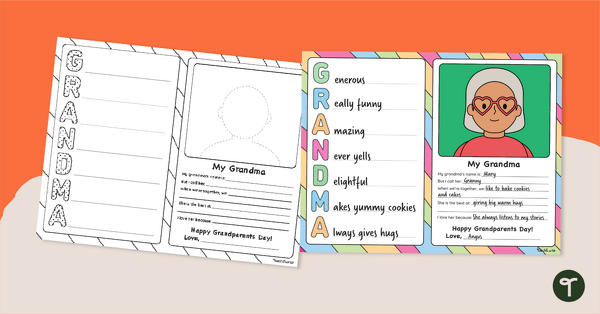
Grandparents Day Acrostic Poems
Celebrate grandma and grandpa in the classroom with a Grandparents Day acrostic poem template.
- Plus Plan
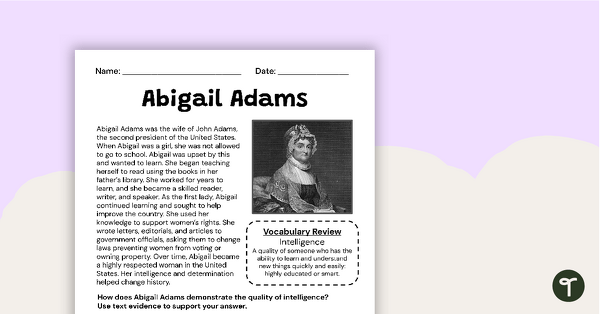
Abigail Adams Constructed Response Worksheet
Use this passage, writing prompt, and worksheet to help students write a constructed response paragraph about Abigail Adams.
- Plus Plan
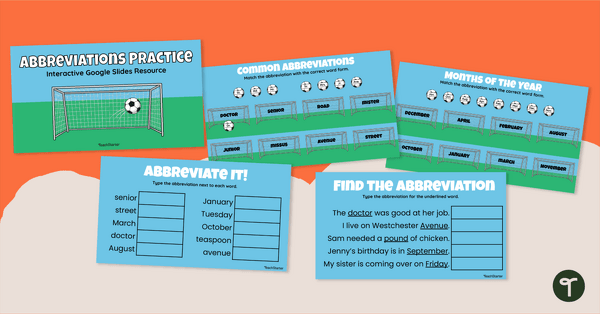
Google Slides Interactive - Abbreviations Activity
Engage and excite your learners with a Google Interactive designed to teach the most common abbreviations in the English language.
- Plus Plan
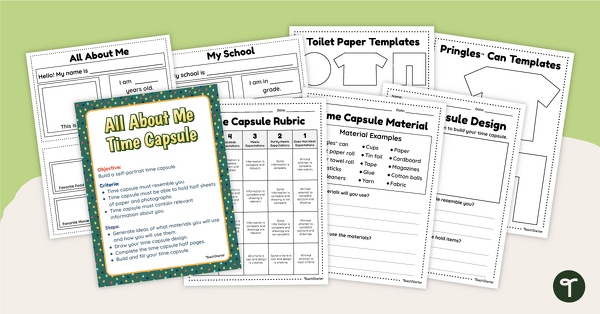
All About Me Time Capsule
Build a self-portrait time capsule as a fun first day of school activity!
- Plus Plan
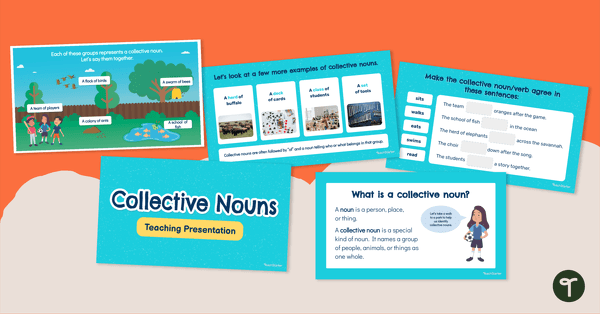
Collective Nouns Teaching Presentation
Teach your students to recognize and use collective nouns with a teaching presentation.
- Plus Plan

Westward Expansion Close Reading and Writing Pack
Enhance your students' close reading strategies, vocabulary, and writing skills with a Westward Expansion reading passage and accompanying activities.
- Plus Plan
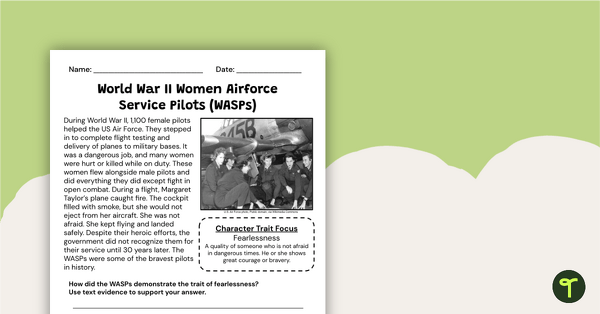
Women Airforce Service Pilots (WASPs) Constructed Response Worksheet
Use our printable constructed response writing prompts for fourth grade to learn about the fearless Women’s Air Force Service Pilots (WASPs).
- Plus Plan
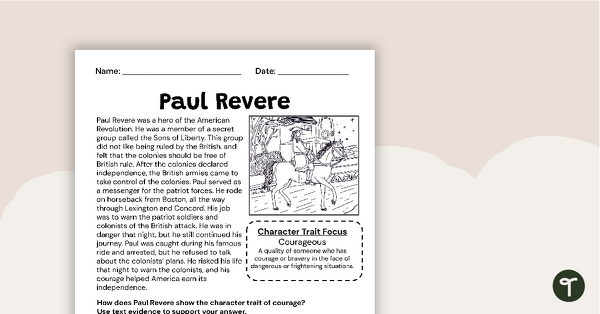
Paul Revere Constructed Response Worksheet
Integrate reading, writing, and American history with a constructed response worksheet about Paul Revere and the American Revolution.
- Plus Plan
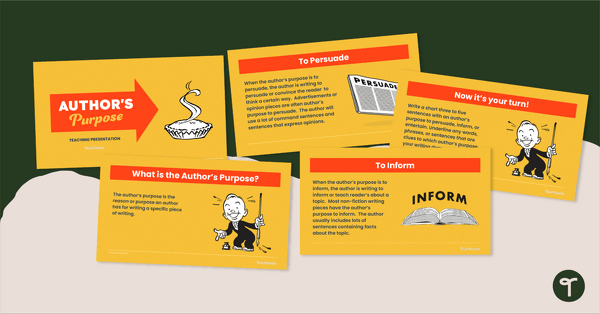
Author's Purpose Teaching Presentation
Teach your students to identify the author’s purpose in a text with a teaching presentation.
- Plus Plan
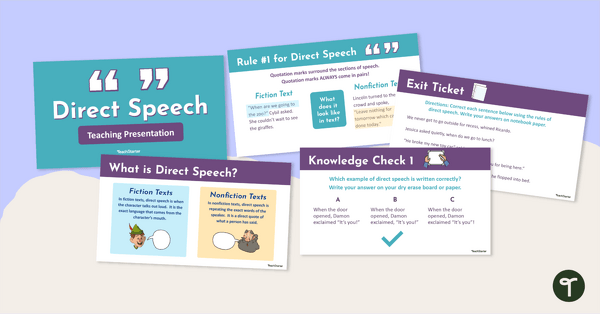
Direct Speech - Teaching Presentation
Teach the rules of punctuating direct speech in texts with an interactive teaching presentation
- Plus Plan
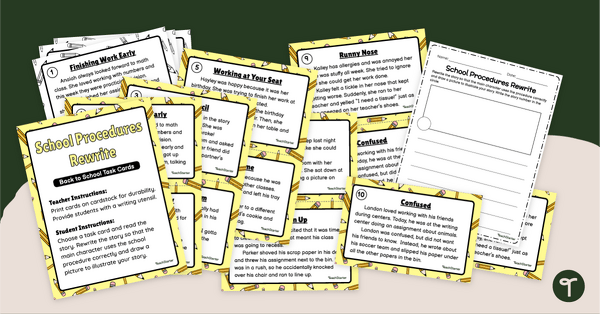
School Procedures Rewrite
Practice writing stories of characters who demonstrate a proper understanding of classroom procedures with this rewrite activity.
- Plus Plan
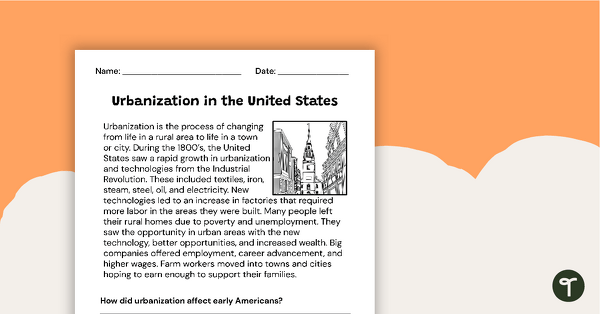
Urbanization Constructed Response Worksheet
Use this nonfiction constructed response worksheet to teach your students about urbanization.
- Plus Plan
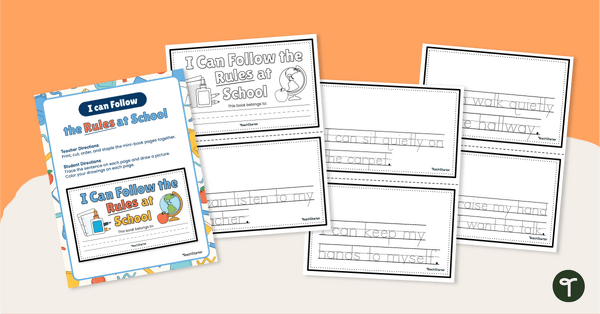
I Can Follow the Rules at School – Mini-Book
Use this mini-book to review or introduce school and classroom rules to your primary students.
- Plus Plan

Singular/Plural Subject Verb Agreement Google Slides Interactive Activity
Improve sentence structure and grammar skills with a Google Interactive resource that focuses on singular and plural subject-verb agreement.
- Plus Plan
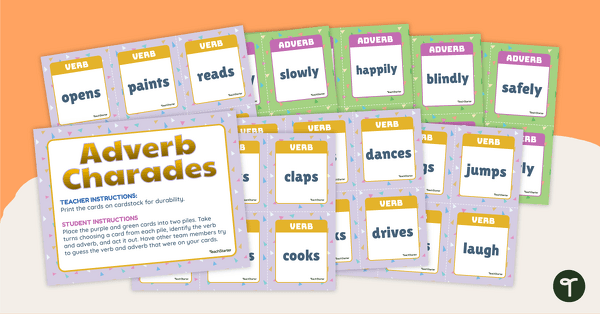
Adverbs Activity - Grammar Charades
Have some fun and build grammar skills with an adverb charades activity.
- Plus Plan
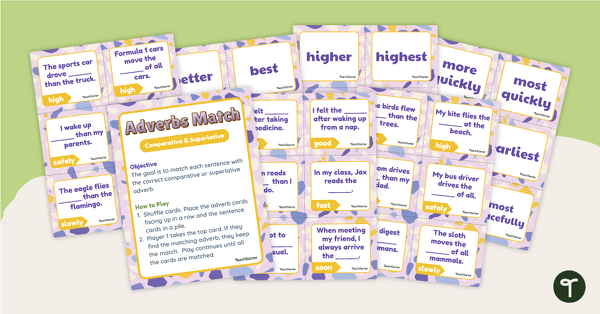
Adverbs Match-Up
Skip those comparative and superlative adverb worksheets and try out an adverb matching game.
- Plus Plan
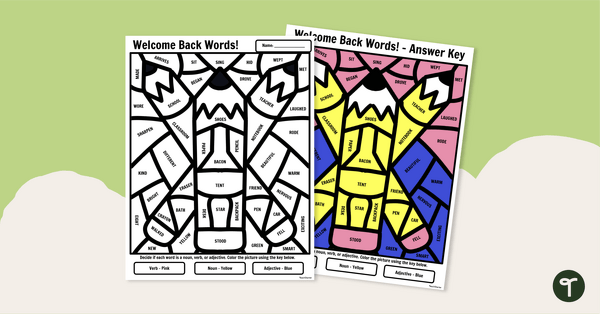
Color-by-Code Parts of Speech- Back to School Worksheet
Use this color by part of speech worksheet as a back to school activity with your students.
- Plus Plan
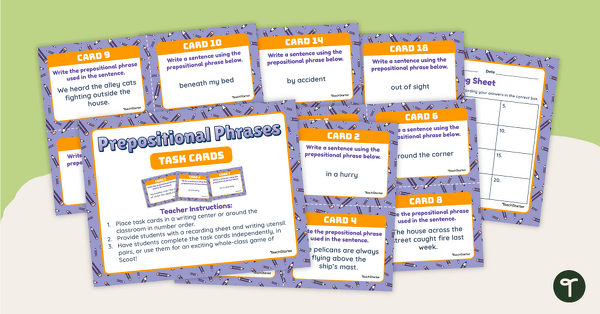
Prepositional Phrase Task Cards - Grades 3-4
Identify prepositional phrases and use them within sentences with this set of 20 task cards.
- Plus Plan
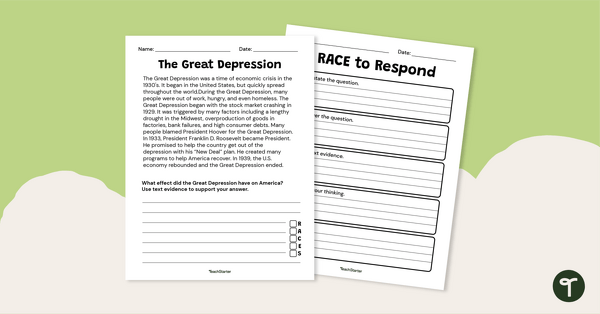
Great Depression Constructed Response Worksheet
Use this nonfiction constructed response worksheet to teach your students about the Great Depression.
- Plus Plan
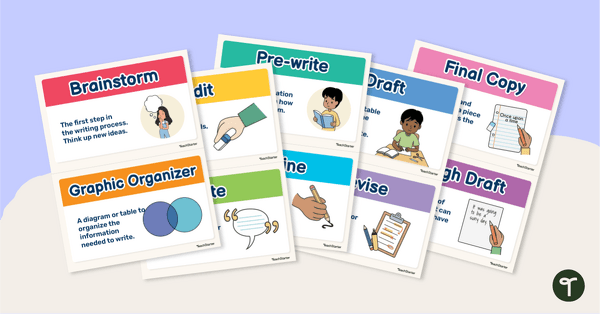
Writing Process Posters-Classroom Display
Create a beautiful visual word wall in your classroom to support your students in the mastery of the writing process!
- Plus Plan

Daniel Boone Constructed Response Worksheet
Integrate reading, writing, and American history with a constructed response worksheet about Daniel Boone and American Westward Expansion.
- Plus Plan
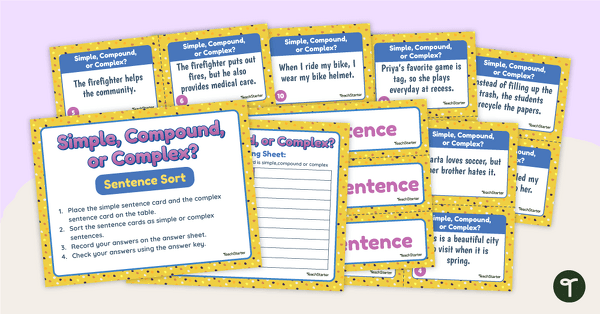
Simple, Compound, and Complex Sentences Sort
Practice reading, identifying, and writing simple, compound, and complex sentences with a sorting activity.
- Plus Plan
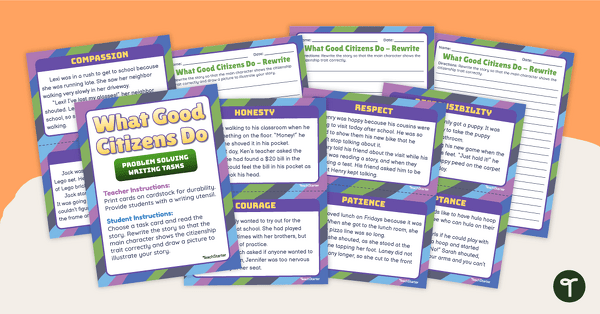
How to be a Good Citizen - Problem Solving Activity
Build good citizenship behaviors and enhance problem-solving skills with a task card writing activity.